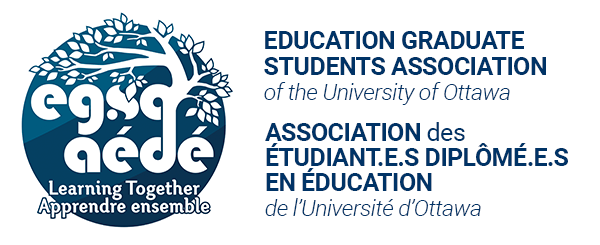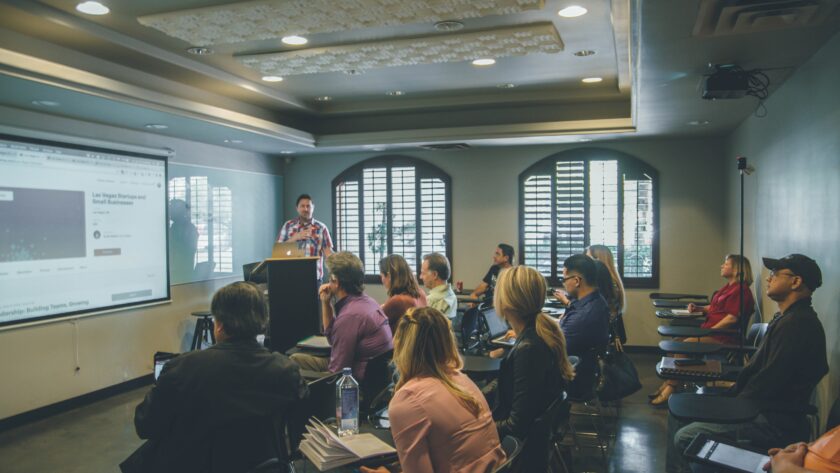(affichées dans la langue dans laquelle nous les avons reçues)
Natascia Petringa
On October 9th, 2018, I was kindly invited to the University of Alberta, Edmonton to teach a B. Ed class (EDSE 307) entitled “Language, Literacy and Society in Educational Contexts”. The module of the topic I was assigned was called “Scaffolding Language Production”. Given its rather broad scope, I chose to present multimodal ways of instruction to accommodate and/or scaffold for English Language Learners (ELLs). Although I have been a science teacher for over 20 years, I was informed that the B. Ed students in the class (about to commence their practicums in secondary schools), were mostly aspiring teachers of English, social studies, music, art, second language, design & technology, and PE. No one in the class was a prospective science teacher. Therefore, I re-directed my presentation towards teacher practices and scaffolding techniques which would benefit all students, not only ELL students in the classroom. The instructional methodology that I advocated was multi-modal teaching (i.e. the use of visual, audio, text or speech, movement etc.).
The class consisted of a powerpoint presentation and class activity (in disciplinary teams). Students were given four key concepts in their specific domain/discipline and were asked to explain how they would teach those concepts in a multi-modal way, as a means of meeting the needs of all students, inclusive of ELLs. Each team then shared their teaching techniques with the class. The interest and motivation of the students was phenomenal. The class ended with a sharing of student “fears” and “anxieties” about starting their practicums. I listened closely and used my experience to support and provide them with reassurance on their new and exciting posts. Teaching this course was a voluntary choice on my part, and I take this opportunity to personally thank EGSA-AÉDÉ for their financial contribution and support towards this valuable teaching opportunity in Edmonton.

